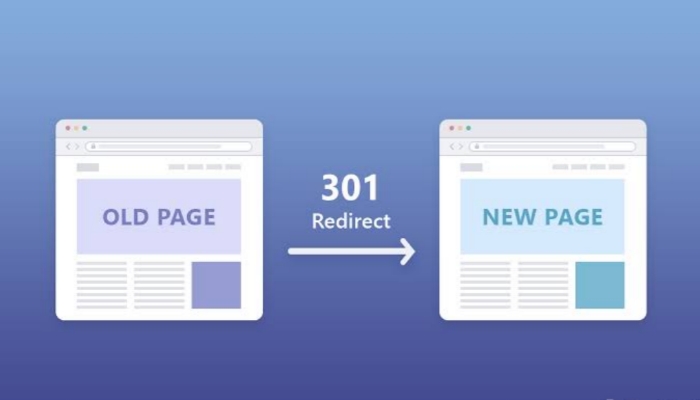Introduction: What is a 301 Redirect?
A 301 redirect is a type of permanent redirection that sends a visitor from an old URL to a new one. Most webmasters use the HTTP status code HTTP 301 when they want to redirect visitors from the old page to the new one. This way, search engine crawlers can update their records and other webmasters know about the change as well.
How Do 301 Redirects Affect SEO?
A 301 redirect is a permanent redirect that tells the visitor that the site has moved to a new URL.
A 301 redirect can be used for a variety of purposes. One of them is to maintain your SEO ranking on Google when you are moving your website to a new domain name. This can also be used when you are moving your site to another web hosting service or if you want to change your site’s address.
The benefits of using a 301 redirection include:
- Maintaining SEO ranking on Google
- Preventing duplicate content from being indexed by search engines
- Ensuring that visitors will not see errors in their browser’s address bar when they visit your website.
The Truth Behind the Power of 301 Redirect
This paper will conclude with the following points:
- 301 redirect is not a new phenomenon.
- A301 redirects are usually used for malicious purposes.
- A301 redirects are not the cause of all website security breaches.
- The proper use of 301 redirects can be an effective SEO strategy.
Why should you care about Google ranking factors?
Google ranks pages, not websites, and all pages on your website are actually just links to your homepage. So if you want your site to rank higher in Google’s search results, you need all of your pages to rank higher individually, which means they need more links and more inbound traffic – aka SEO.
How does Google rank pages?
Google ranks pages based on over 200 different “signals” or factors that it considers. These factors can be anything from the number of backlinks pointing to a page, the amount of time a page has been indexed by search engines, and even the age of a site.
How does Google rank videos?
Videos are ranked based on their “watch time,” which is how long people have spent watching it divided by its duration in minutes. This gives video creators an idea of how much people like their videos and if they should make more or less of them depending on their watch time.








Leave A Comment